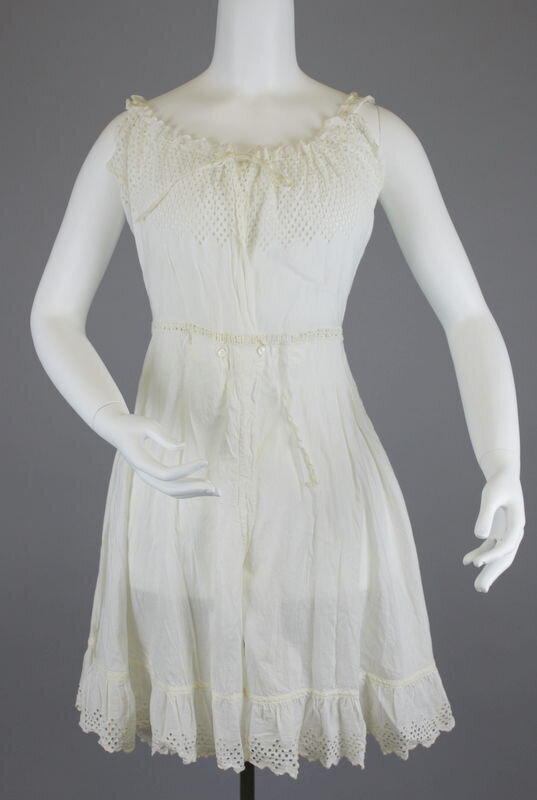Amy Vach
This week’s Things that Matter is the story of three Leonas: Leona Linker of La Crosse, Leona Critcher of New York City, and “The Leona,” a turn-of-the-century, three-in-one undergarment that was manufactured in La Crosse.
In La Crosse, Leona Foerster opened her own dressmaking business. In the 1890s, she was hired by Gossard Corset Co. as a foreign buyer. She traveled throughout Europe for the company while still maintaining her business in La Crosse.
Leona Linker
Eventually, she returned home to La Crosse, married Charles Linker, and opened the Leona Garment Co., where she manufactured “the Leona.” The Leona was a three-in-one undergarment known as a combination. It was known as a combination because it combined multiple layers of underwear into one piece.
In recent history, Leona Linker has been credited as the designer and patentee of the combination undergarment, but that is not the case. This mistake was understandable since the printed label inside the undergarment reads, “The Leona/THREE PIECE SUIT/PATENTED FEB. 7, 1905/LA CROSSE, WIS.”
Leona Critcher of New York patented this three-in-one combination undergarment on Feb. 7, 1905, and named the garment after herself. Shortly after securing her patent, Critcher sold the patent’s exclusive rights to Leona Linker of La Crosse for $5,000 and an annual royalty. Linker began manufacturing the undergarment in La Crosse and invested a great deal into specialized sewing machines, seamstresses, national advertising and traveling salesmen.
Critcher and Linker’s business relationship quickly turned sour, and they went to court to solve their disagreements. According to their agreement, Linker was supposed to pay Critcher royalties of 7% of the gross sales of the undergarment. However, Linker began withholding Critcher’s sales percentage. Linker argued that Critcher had not kept up her end of the deal, which included protecting the patent’s rights. Linker’s traveling salesmen returned reporting patent infringements. Everywhere they went, they found similar combination undergarments for sale. In the U.S. circuit court at Madison, the case was dismissed.
Critcher continued her legal dispute, and this time the case went to a higher court in Chicago. Newspaper headlines of the proceedings declared “Judges Blush at Evidence,” and “New Female Garb Puzzles Jurists.” Once again, Linker won the case.
Linker’s victory was short-lived. In the 1920s, women’s fashion drastically changed, and multiple layers of undergarments were no longer necessary. By 1922, Leona Garment Co. was no longer listed in the La Crosse City Directory.
This article was originally published in the La Crosse Tribune on October 23, 2020.
This object can be viewed in our online collections database by clicking here.



